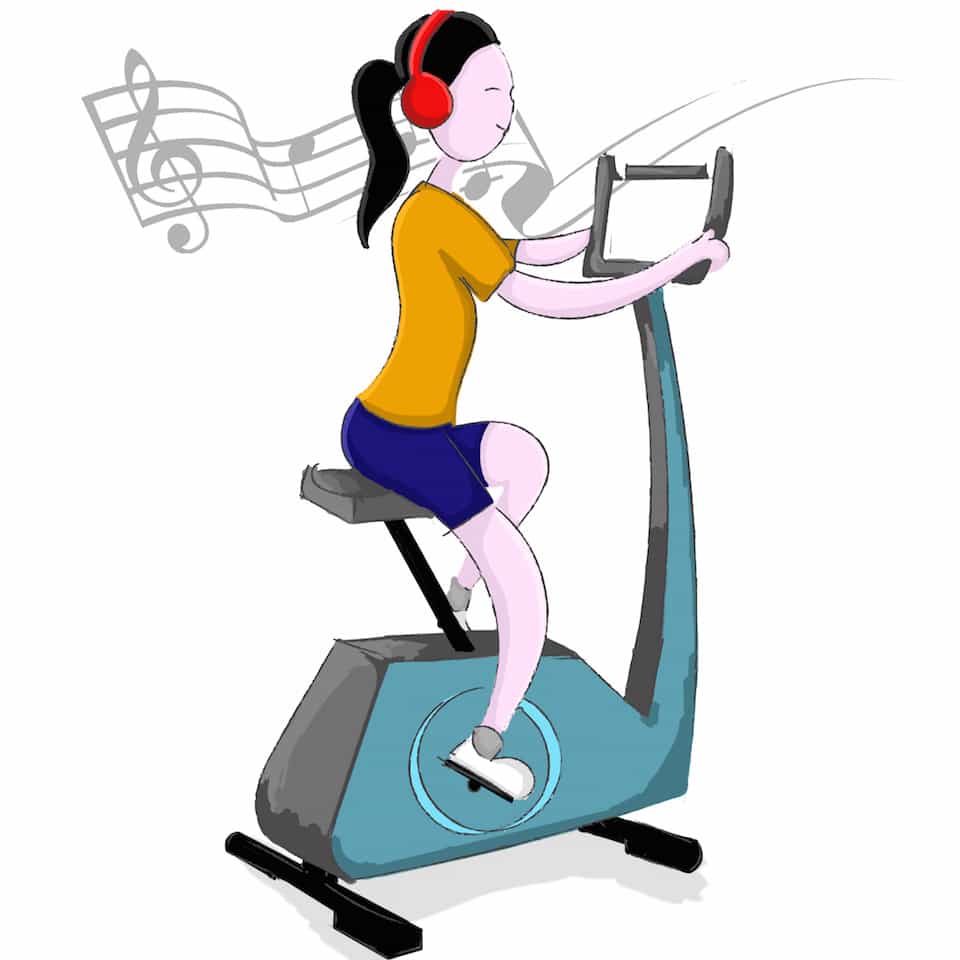Ever forget to bring your iPod with you to the gym? A recent U of T study shows that this may decrease your workout performance.
Armed with some sweet tunes, researchers at U of T’s Music and Health Research Collaboratory — who specialize in research that relates to sound and health — gathered 34 cardiac rehabilitation patients to test the hypothesis that music can, in fact, increase your gains.
The study took place at the Toronto Rehabilitation Institute-University Health Network in Toronto and involved referred cardiac patients modifying their exercise routines.
There were two exercise strategies employed for the study; one tested patients who exercised without music, while the second group exercised to a tempo synchronized music playlist.
Patients themselves chose the songs on the playlist, but the tempo was specified and altered by researchers to reflect each individual’s recommended steps-per-minute ratio
After the start of the experiment, the group of patients listening to their personalised playlist had the music undergo sonic enhancements to add extra rhythmic beats — further enhancing synchronicity between the exercises and the music itself.
The experiment lasted for three months and concluded that, patients who listened to the tempo-synchronized music exercised significantly more than those who didn’t use any music at all — an average of 105.4 minutes more per week — just over an hour and half. Getting over 100 minutes of additional exercise per week means a greater number of calories burned and a faster rate of fat loss.
The test patients who exercised to the sonically enhanced playlist exercised an additional 261.1 minutes — more than four hours a week longer than the patients who listened to tempo-synchronized music, and a 70 per cent increase in exercise to those who didn’t listen to music at all.
The conclusion appears to indicate that listening to music that suits the pace of your will increase the duration of your workouts and increase the number of calories burned.
This could mean creating warm-up and cool-down playlists with some slower tunes, and designing a workout playlist with songs that are up-tempo and have a strong beat.
Listening to music while working out is prevalent amongst U of T students. For example, Alexandra Palma, a third—year life science student, listens to music and often varies her music selection with each workout. “Lately I’ve been listening to EDM, rap or just a bunch of remixes for resistance training, but for cardio it’s always something I know and… can sing along to because it helps to distract from the pain of cardio” adding “I don’t like to listen to songs I can sing along to when I resistance train because it takes away my focus which can result in bad form.” To third—year political science student Avechi Chimara, music is an essential element of exercise “when I workout I always have to listen to music, I can only listen to EDM mixes or like club hit type of music… when [I] workout listening to music it really motivates me and keeps me pumped up.”


